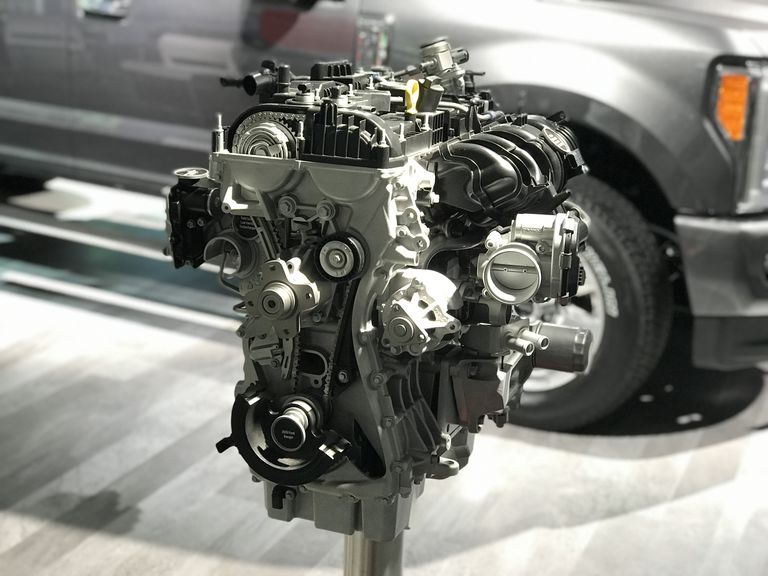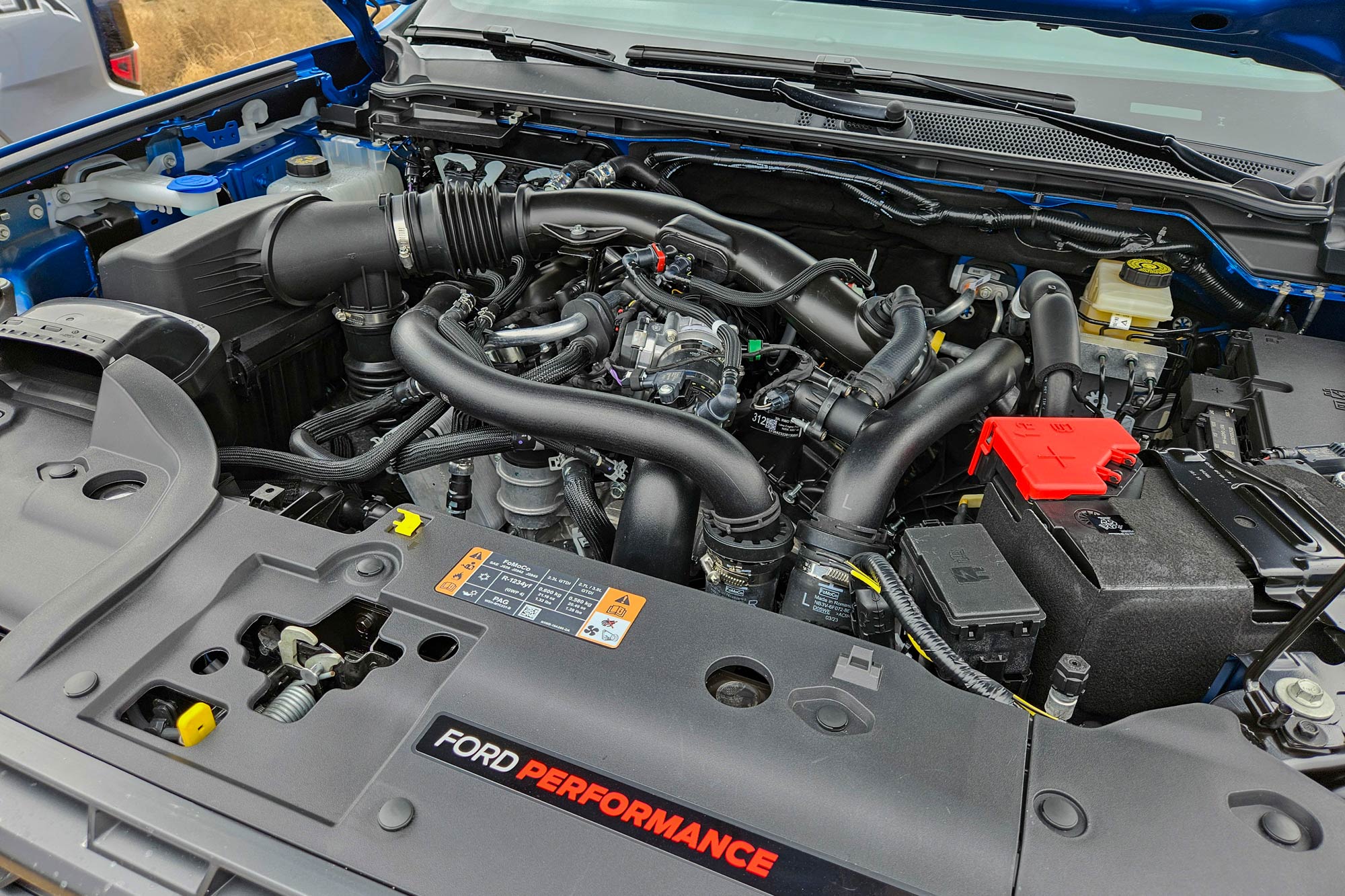Top Benefits of Choosing the 2.2 Ford Ranger Engine for Your Next Pickup
Top Benefits of Choosing the 2.2 Ford Ranger Engine for Your Next Pickup
Blog Article
Understanding the Fundamentals of Automobile Engines: Kinds, functions, and functions

Overview of Auto Engines
A vehicle engine functions as the heart of an automobile, transforming gas right into power to propel it forward. This complex system comprises different parts that operate in unison to ensure optimal performance and performance. The basic operation of an automobile engine includes the interior burning procedure, in which fuel and air are combined, sparked, and gotten rid of to produce power.
The engine's layout can dramatically affect its performance, gas effectiveness, and discharges. Key components include the cylinder block, pistons, crankshaft, and camshaft, each playing an important role in the engine's total feature.
Along with these components, engines often make use of various systems such as fuel injection, ignition, and cooling down systems to enhance performance and longevity. Understanding the standard mechanics of cars and truck engines is necessary for identifying problems and doing upkeep, ultimately contributing to the vehicle's integrity and effectiveness over time.

Kinds Of Car Engines
Auto engines can be classified into numerous types based on their style, gas type, and functional principles. 2.2 ford ranger engine. The most usual classifications include interior burning engines (ICE), electric engines, and hybrid engines
Internal burning engines, which can be more split into gas and diesel engines, run by firing up a fuel-air mixture to generate power. Gas engines are typically lighter and smoother, while diesel engines are extra fuel-efficient and deal higher torque.
Electric engines utilize electrical energy stored in batteries to power an electrical motor, giving immediate torque and no emissions throughout operation. As innovation advances, electric lorries (EVs) are significantly becoming prominent for their ecological advantages and reduced running prices.
Crossbreed engines integrate components of both interior burning and electrical engines, enabling versatile source of power and enhanced gas efficiency. They can run in different modes, using either the gasoline engine, the electrical motor, or both simultaneously.
Each kind of engine has unique benefits and negative aspects, affecting their application in different lorry kinds and market sectors, from portable vehicles to durable trucks. Recognizing these kinds is vital for making notified choices pertaining to lorry choice and efficiency expectations.
Engine Features Discussed
Understanding engine functions is critical for understanding just how automobiles operate successfully. At the core of any interior burning engine exists the basic process of converting fuel into mechanical power.
The ignition happens following, firing up the blend and producing a quick growth of gases. This force drives the piston down during the power stroke, which ultimately translates right into the rotational motion of the crankshaft. The exhaust stroke then gets rid of the invested gases from the chamber, giving way for a new cycle to start.
In addition to these main functions, engines likewise integrate systems that take care of cooling and lubrication, making sure ideal functional temperature levels and reducing rubbing in between relocating components. This detailed interaction of functions makes it possible for the engine to generate the power necessary for car propulsion while preserving effectiveness and reliability. Comprehending these features provides valuable insight into the complexities of automotive design and enhances the capability to diagnose and resolve engine-related problems successfully.
Secret Engine Features
Engine layout incorporates several vital features that dramatically influence efficiency, efficiency, and longevity. Among one of the most important facets is the engine arrangement, that includes inline, V-type, and level layouts. Each setup impacts the engine's balance, size, and power output, thus affecting overall car dynamics.
Another crucial attribute is the engine variation, describing the total volume of all cyndrical tubes. Bigger variations commonly yield even more power however may endanger gas performance. Engine materials likewise play an essential role; lightweight and high-strength products, such as light weight aluminum and magnesium alloys, improve efficiency without including extreme weight.
The type of gas shot system employed-- such as multi-port or straight shot-- influences burning performance and emissions. Turbocharging and turbo charging are features that increase engine efficiency by compeling added air right into the burning chamber, increasing power result without significantly enhancing engine dimension.
Lastly, the existence of sophisticated engine management systems enhances fuel-air mixture and ignition timing, adding to smoother procedure and far better fuel economic climate. Jointly, these attributes specify an engine's capabilities, establishing the foundation for its performance and durability in a competitive automotive web link landscape.
Maintenance Tips for Engines
Proper engine maintenance is critical for making sure optimum efficiency and durability, as disregarding routine care can bring about considerable concerns down the line. To preserve your engine properly, start with routine oil adjustments, commonly every 3,000 to 7,500 miles, depending on the sort of oil utilized. Fresh oil lubricates engine elements, minimizing friction and wear.
In addition, monitoring coolant degrees is crucial to prevent getting too hot. Make sure that the coolant is topped up and is in great condition to preserve reliable temperature guideline. Regularly examine and change air and fuel filters, as clogged filters can hinder air movement and fuel shipment, endangering engine performance.
Furthermore, take notice of ignition system and ignition systems. Used or damaged ignition system can bring about misfiring and decreased performance. Checking the battery terminals and connections for deterioration is likewise important, as a weak battery can impact engine starting.

Final Thought
In summary, a comprehensive understanding of car engines encompasses various types, features, and essential attributes that dramatically influence car performance. Interior combustion engines, in addition to hybrid and electrical alternatives, show varied devices for energy conversion. 2.2 ford ranger engine. Recognizing the essential functions, such as consumption and exhaust cycles, together with essential engine attributes like arrangement and fuel shot systems, equips car proprietors with find out here now the knowledge essential for reliable maintenance and operation, ultimately enhancing car longevity and efficiency
An auto engine offers as the heart of a vehicle, converting fuel right into mechanical power to propel it onward. The basic procedure of an automobile engine involves visit our website the interior combustion process, wherein fuel and air are mixed, stired up, and gotten rid of to develop power.
Routinely replace and check air and fuel filters, as stopped up filters can impede air movement and fuel shipment, endangering engine performance. - 2.2 ford ranger engine
In recap, a thorough understanding of car engines includes numerous kinds, functions, and key features that substantially affect vehicle efficiency. Acknowledging the important features, such as consumption and exhaust cycles, alongside important engine attributes like setup and gas shot systems, furnishes automobile proprietors with the understanding necessary for effective upkeep and procedure, ultimately boosting vehicle longevity and efficiency.
Report this page